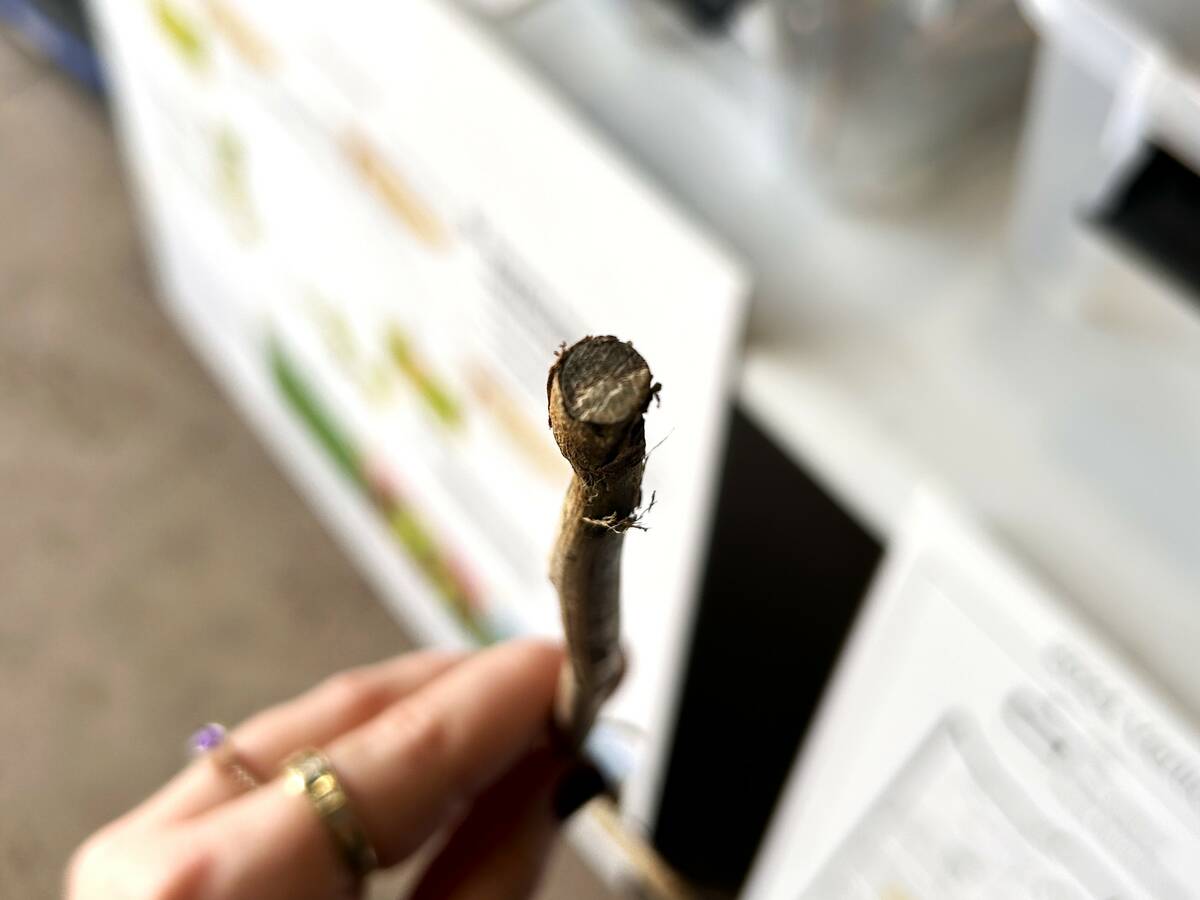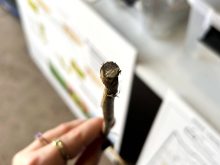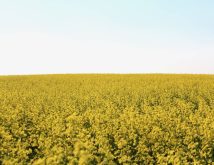Canola producers often partner with beekeepers because the bees are an effective way to pollinate canola blossoms and increase the seed production.
The bees collect the pollen as a protein-rich food and sip nectar to make honey, a handy way to store energy. Making pollen and nectar is a lot of work for the plant so what does it get out of the deal?
Bees are pretty sloppy when it comes to carrying pollen so they accidentally pay off the plant by dropping loose pollen onto the stigma, the female part of the flower. The bee’s job is done and pollination begins.
Read Also

Manitoba canola embattled by verticillium
Verticillium stripe pressure has been growing in Manitoba, and canola farmers still have precious few tools to protect their crop from the disease.
“So let’s look at what’s happening during brassica pollination,” said Agriculture and Agri-Food Canada’s Malcom Morrison. “On the stigma surface there are protein and lipid recognition bodies that recognize the pollen grain that lands on it as either friend or foe. In this way brassica is not fertilized by, let’s say, dandelion pollen or another weed pollen.”
The receptor is like a chaperone or matchmaker. It recognizes the right pollen and that’s carrying the right genes for fertilization. The result will be a viable seed that will grow into another whole canola plant.
“So let’s look at a successful pollination,” Morrison said. “The pollen grain lands on the stigma surface and the stigma recognizes it as friend.”
The pollen grain is actually more than just a sperm cell, it’s a weatherproof package of two cells. One is the tube cell that starts growing when it’s hydrated by the stigma.
“It’s hydrated and as the pollen tube grows down the style to fertilize the ovary it’s actually given nutrition and guided down by the style itself,” Morrison said. “So this is successful pollination.”
This is where pollination ends and fertilization begins. The second cell is the generative cell and it splits in two as it travels down the tube. The tube grows toward the plant’s ovaries, guided by chemical signals from the style. It finds its mark when it reaches the ovule sac and delivers the two cells.
One is the sperm cell that fertilizes the ovule and the other is the generative cell that fuses with the polar nuclei. This fusion becomes the endosperm, the part of the seed that acts as nourishment for the plant embryo as it germinates and grows. It’s also the part of the seed that we crush for oil or mill for flour, the farmers’ stock and trade.
If this process doesn’t happen this way, there is no flour or oil. This is why the communication between the male pollen and the female stigma is so important.















